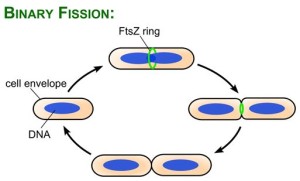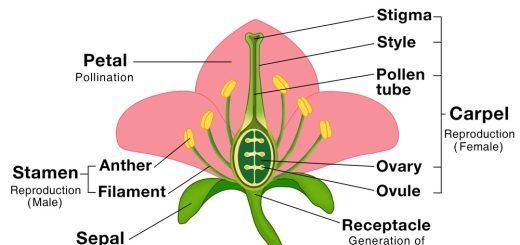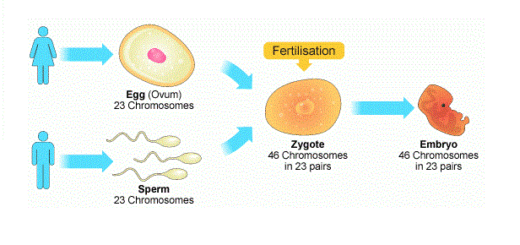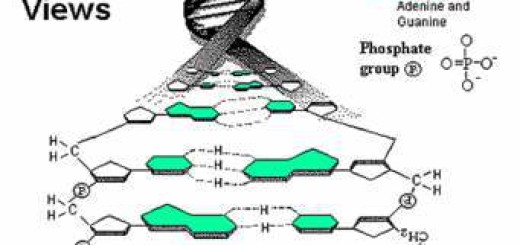Reproduction process and types of asexual reproduction
The genetic traits pass from the parents to offspring by the reproduction process which is a biological process, where the living organisms produce new individuals of the same kind and thus, ensuring its continuity.
Reproduction process importance
The reproduction process produces new individuals of the same kind and preserves it from extinction, There are two types of reproduction which are the asexual reproduction and sexual reproduction.
The asexual reproduction
The asexual reproduction occurs by only one living organism, It mostly occurs in single-celled living organisms (such as yeast and Amoeba), It is the process by which the living organism produces new individuals with genetic traits identical to those of their parents.
Asexual reproduction occurs in unicellular living organisms, some multicellular animals and plants, It takes place by mitosis division which does not require special systems or structures in the living organism.
The types of asexual reproduction are Binary fission, Budding, Regeneration, Spore propagation, and Vegetation reproduction.
The asexual reproduction in the living organisms produces individuals (offspring) identical in the genetic structure of the original organism, The similarity in genetic structure is caused by mitosis.
The new offspring gets a full copy of the parent individual’s genetic traits, if the number of chromosomes in the parental cell (2 N), the number of chromosomes in the offspring is (2 N), So, no genetic variation occurred causing a difference in the resulting offspring than the original organism.
Binary fission
Binary fission occurs in unicellular organisms as unicellular protozoans (Amoeba, paramecium, Euglena), Simple algae, and bacteria.
How does the reproduction by binary fission occur?
The nucleus divides by mitosis division and the cell splits into two cells, Each cell grows and becomes a new individual, Each is identical to the original cell.
The cells that are resulted by binary fission are identical and similar to the parental cell, because they are resulted by the mitotic division.
Budding
The reproduction by budding is an asexual reproduction that produces new individuals by the formation of buds in the parent cell, Budding occurs in unicellular organisms (as yeast fungus) , Multicellular organisms (as Hydra and Sponges).
How does the reproduction by budding occur in yeast fungus?
The bud emerges as a lateral bulge in the cell, The cell nucleus divides mitotically into 2 nuclei, one of them remains in the parent cell and the other migrates to the bud.
The bud grows gradually and remains connected to the parent cell until it is fully grown, then it separates from it, If the buds remain connected to the parental cell, the colony is formed.
Regeneration
The regeneration is the animal’s ability to compensate their missing parts, The living organism can reproduce by one of its parts, It occurs in some animals (such as the starfish).
The starfish arms could be regenerated and give out a complete animal if they contain a part of the central disc of the animal.
If the chromosome number in the cells of starfish is ( 2N ), the number of chromosomes in the cells resulted by regeneration is ( 2 N ), too, because regeneration is asexual reproduction that occurs by mitosis division.
Sporogony (Spore propagation)
Sporogony occurs in some fungi such as bread mould and mushrooms, some algae, where each sporangium rupture and a large number of spores are released when the spores are scattered on a suitable environment, they grow to give new organisms (fungi).
Vegetative reproduction
The vegetative reproduction occurs without the need for seeds but by the plants’ vegetative organs (the leaves, the roots, and the stems) in order to produce new plants identical to the parent plant.
The vegetative reproduction also occurs by the plant cells in the tissue culturing, the vegetative propagation in plants includes the mitotic division of the cell, The vegetative reproduction is asexual reproduction by using the vegetative organs except for the seeds.
Methods of reproduction in living organisms (Asexual reproduction & Sexual reproduction)
Reproduction, Types of sexual reproduction (Conjugation, Reproduction by sexual gametes)
Alternation of generations, Life cycle of malaria parasite & Life cycle of a fern plant




